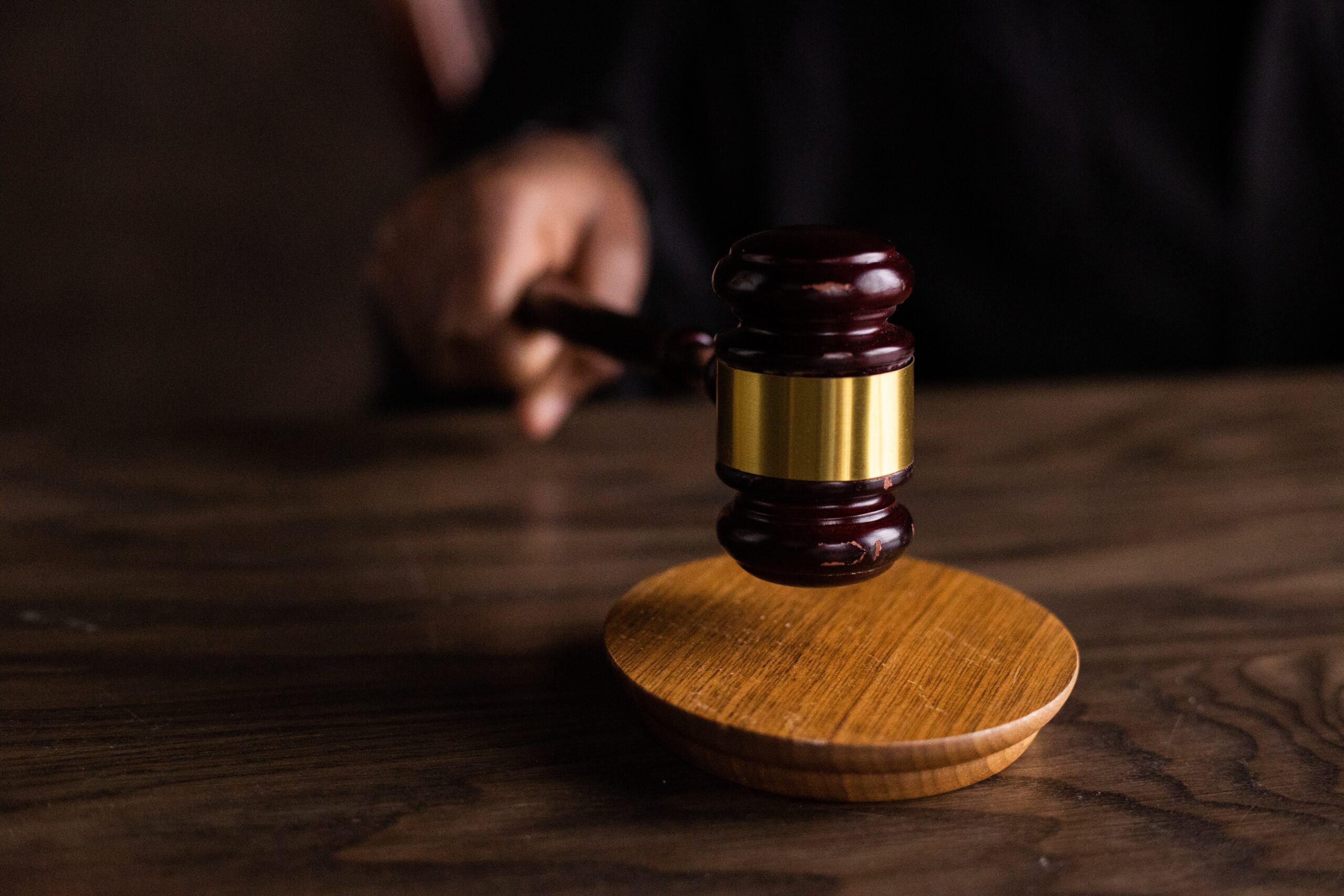Each year, thousands of child custody cases pass through the closed doors of UK family courts. The government insists secrecy is needed to protect the children involved. However, this veil of privacy also creates an environment for unsafe rulings away from public scrutiny.
An Overview of the Family Justice System
Family courts deal with matters related to ending relationships and arrangements for children when parents separate. This includes divorce, as well as disputes over child custody, visitation rights and domestic abuse protections.
There are 92 family court centres across England and Wales. Scotland and Northern Ireland have separate legal systems with their own family courts. All operate in almost total privacy.
Key Legislation Governing Family Courts
The main laws governing family justice are:
- The Children Act 1989 – Sets out courts’ duties to prioritise child welfare in all decisions. Requires courts to assess risk of harm when ordering child contact with a parent.
- The Family Procedure Rules 2010 – Establish court processes and procedures for dealing with family legal disputes.
- Administration of Justice Act 1960 – Restricts public access to family courtrooms and prohibits media reporting on cases.
Family Court Personnel
While higher profile cases may be heard by a judge, most family court cases rely on magistrates or legal advisors to make rulings:
- Magistrates – Volunteer community members with limited training in family law. Sit on the bench in panels of three.
- Legal advisors – Qualified lawyers who advise magistrates on points of law and procedure. Can also sit alone to hear certain case types like divorce petitions.
The Steps in a Family Court Child Custody Case
A typical child custody dispute in family court will go through these key steps:
1. Filing an application
To begin a case, one parent files a specific court application depending on the orders sought, for example:
- Child Arrangements Order – Sets out arrangements for where a child lives and contact with each parent. Replaces former Residence and Contact Orders.
- Prohibited Steps Order – Prevents a parent making certain decisions about a child without court consent, for instance removing them from the country.
- Specific Issue Order – Covers a single child-related issue, like which school they should attend.
2. First hearing
An early court hearing takes place for a judge to make temporary orders for issues like interim child contact. They will also set the timetable for the case going forward.
3. Safeguarding checks
Courts must address safeguarding concerns, so will request reports from agencies like the police and social services assessing any risks to the child.
4. Dispute Resolution Hearing
Parents meet at this hearing to see if they can settle arrangements out of court through mediation. If not, the case continues to a final hearing.
5. Final hearing
Courts will aim to keep final hearings relatively short – most last 1-2 days. Both parents can put forward evidence on what arrangements are best for the child.
6. Court ruling
Finally, the magistrates or judge makes the final decision on arrangements like where the child lives and contact with each parent. They must apply principles from the Children Act.
Closed Doors: The Secrecy of Family Courts
Family courts operate with an extraordinary level of secrecy compared to other UK courts. Some argue this protects the identity of children involved, but it has concerning consequences:
- Courtrooms are closed to the public in nearly all proceedings. Only parties involved can attend.
- Reporting restrictions make it an offence for media to report on cases or publish identifying details.
- Anonymised written judgments are the only way cases come into the public domain. But key information is redacted, preventing scrutiny.
- Gagging orders can also be placed on parents involved in proceedings, banning them from speaking publicly about their case.
Dangers for Survivors of Domestic Abuse
Women’s organisations have raised alarms that secrecy puts survivors of domestic abuse at risk, especially in child contact cases.
Abusers often continue coercion and control tactics through court proceedings. In closed courts, these can go unchallenged. Restrictive reporting laws also deny mothers grounds to appeal unsafe rulings forcing them to engage with abusive ex-partners.
Without public scrutiny, troubling practices persist in family courts like dismissing mothers’ abuse accounts and failing to recognise risks to children. Secrecy allows injustice to flourish.
Why Urgent Reform is Required
Those defending the status quo argue family court secrecy protects vulnerable children and maintains confidence in the system. However, with clear risks that secrecy enables injustice, reform merits serious consideration.
Increasing accountability through greater media access and more detailed published judgments would enable proper scrutiny of concerning trends and court reasoning while maintaining confidentiality. Survivors of domestic abuse could also be given an automatic right to appeal any rulings granting perpetrators access to children, providing an important safeguard against unsafe decisions. Currently, restrictive reporting laws deny mothers grounds to challenge such orders.
Increasing accountability through greater media access and more detailed published judgments would enable proper scrutiny of family court reasoning while maintaining confidentiality. Share on XAnother key area for reform is improving competency, as worrying gaps persist in family courts’ understanding of domestic abuse and child safeguarding. Requiring comprehensive training of all judges and magistrates in these areas would begin addressing this, alongside introducing routine practice reviews to assess the treatment of survivors.
While the confidentiality of children must remain paramount, family courts have erred too far towards blanket secrecy without consideration for how this enables injustice to thrive behind closed doors. Careful reform focused on increasing openness and accountability in a way that retains anonymity is needed to ensure justice prevails in these important courts. The time has come for change to protect the human rights of abuse survivors and children failed by current practices.

